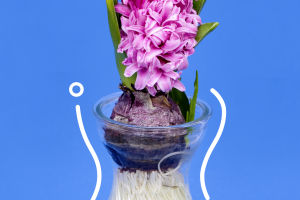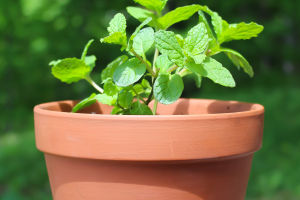When it comes to flowers, gladiolus stands out as one of the most striking and symbolic.
Its tall, sword-like stems and vibrant, funnel-shaped blooms make it a popular choice for both gardeners and floral enthusiasts.
But does this flower, often referred to as the "sword lily," truly deserve to be considered a perfect flower? To answer that, let's delve into its characteristics, symbolism, and use to understand what makes it so special.
The Visual Appeal of Gladiolus
The gladiolus is undoubtedly a stunning flower. Native to tropical and subtropical regions of Africa, the Mediterranean, and southern Europe, it can reach impressive heights of up to 5 feet, towering over many other garden plants. The flower spikes are adorned with rows of blooms in a wide variety of colors, from rich reds and purples to soft pinks, whites, and even bi-colored varieties.
The visual impact of a group of gladioli in full bloom is dramatic, making it a go-to choice for garden borders, flower arrangements, and bouquets. Each stalk can bear up to 20 blossoms, and when cut fresh, the blooms can last for over a week, ensuring that they retain their beauty indoors as well.
Symbolism and Meaning
Flowers have always carried deep meanings, and the gladiolus is no exception. Historically, the gladiolus has been associated with strength, integrity, and honor, largely due to its sword-like shape (the name "gladiolus" is derived from the Latin word "gladius," meaning sword). Its tall, upright growth habit is a natural symbol of strength and resilience.
In the language of flowers, gladioli can convey a wide range of messages, from admiration and infatuation to remembrance and sincerity. For this reason, the flower is often used in celebratory bouquets to honor personal achievements or milestones. It's also a flower associated with the anniversary of a person's birth month (August) and is used during ceremonies to symbolize strength of character and remembrance.
The Gladiolus as a Garden Plant
From a gardening perspective, gladiolus can be seen as near-perfect, especially for those seeking a dramatic splash of color. These perennials thrive in well-drained, sunny locations and are relatively easy to grow from corms. Planting gladiolus corms in intervals during the growing season ensures continuous blooms, making them an ideal choice for those who want long-lasting color in their garden.
The gladiolus also plays well with other plants, complementing shorter perennials and adding height and texture to borders. Its rigid stems and tall growth make it an eye-catching vertical element in any garden design.
However, the gladiolus does have some drawbacks. The tall spikes can be vulnerable to wind and heavy rains, sometimes requiring staking to keep them upright. While they are relatively low-maintenance, they may be prone to pests like aphids or thrips. Nevertheless, these issues are easily managed with proper care, and many gardeners find that the beauty and impact of gladioli far outweigh the effort required to maintain them.
Gladiolus in Floral Arrangements
One of the reasons gladiolus is so beloved by florists is its versatility. The flower's tall stature and vibrant colors allow it to be used in a range of arrangements, from formal centerpieces to casual bouquets. Because of its height, it works well as a focal point in larger arrangements, lending an air of elegance and sophistication to any setting.
Moreover, gladiolus flowers bloom from the bottom up, which allows florists to create dynamic displays that change over time as new blooms open. This makes it a particularly good choice for events where longevity and beauty are important, such as weddings, anniversaries, and other special occasions.
The Downside: Is Gladiolus Too Showy?
While the gladiolus has many merits, some might argue that its showy appearance makes it less versatile than more understated flowers. It can overwhelm smaller arrangements, and its tall, rigid stems don't lend themselves well to low, flowing designs. For those who prefer softer, more delicate flowers, the gladiolus might seem too bold or even overbearing.
Additionally, gladioli tend to dominate the garden with their presence, sometimes overshadowing more subtle plants. While this can be an advantage in the right setting, it might not suit gardeners looking for a more natural or cottage-style landscape.
So, is the gladiolus a perfect flower? In many ways, yes. Its stunning blooms, rich symbolism, and versatility in both the garden and floral arrangements make it a top contender. It is a flower that speaks of strength, beauty, and elegance, whether it is towering over a garden bed or adding drama to a bouquet.
That said, perfection is subjective, and while some may find the gladiolus too bold or showy, others will appreciate it for exactly those qualities. The gladiolus may not be everyone's idea of a perfect flower, but for those who value strength, beauty, and impact, it comes pretty close.


